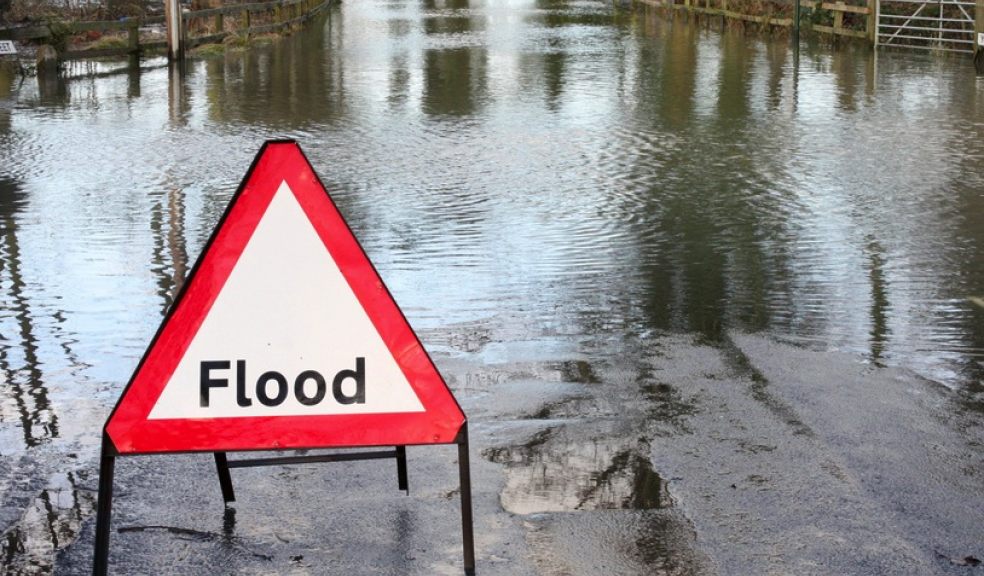
Superfast model brain to predict flooding during heavy rain
Heavy rain has once again resulted in widespread flooding across the country. With climate change likely to cause further severe weather events in the coming years, methods of quickly predicting flooding will become increasingly important.
A team of engineers and scientists from the University of Exeter has developed a model, 1,000 times faster than existing flood prediction systems, which can rapidly predict when and where flooding will occur. The model uses artificial intelligence to ‘learn’, in the same way that biological neural networks in the human brain process data.
Designed for urban areas, the system can provide instant updates as bad weather conditions unfold. The model uses information about the drainage and sewage systems to predict the volume and flow of flood water in real time. Although not yet in general use, tests show a good ability to predict flooding with field trials and it is hoped that the model will soon be rolled out nationwide.
Professor Dragan Savić, who headed the development of the new model at the University of Exeter said: “Our model can be trained to use data from rainfall events to distinguish between urban areas that suffer from flooding and those that don’t. Once it has learnt, it can then be used to classify new rainfall events into those likely to cause flooding and those that do not pose a threat.”
The model was shown to be of great potential value for the water industry in a report commissioned by UK Water Industry Research (UKWIR). The report produced by HR Wallingford, an independent research and consultancy organisation, tested the model against recorded rainfall events in London, Dorchester and Portsmouth and found that the model accurately predicted the actual outcomes.
Flood management is a major element of the water industry’s responsibilities. An accurate rapid prediction system will help the water industry to respond quickly and appropriately when the risk of flooding is high. When flooding is likely (within 1-6 hours) the water industry issues warnings to the public, residents are advised to move pets and valuables to a safe place, and gas, water and electricity supplies may be turned off. When flooding is imminent (within 0-1 hours) staff are dispatched to flood locations and residents are told to stay in a safe place with a means of escape.
Artificial neural networks are mathematical models inspired by biological neural networks in the human brain. They are adaptive systems that can change their structure during learning and are ideal for modelling complex relationships like rain and flooding. Running repeated cycles of mathematical equations in the model simulates learning and results in dramatically faster and more accurate flood prediction than possible with existing systems.

















